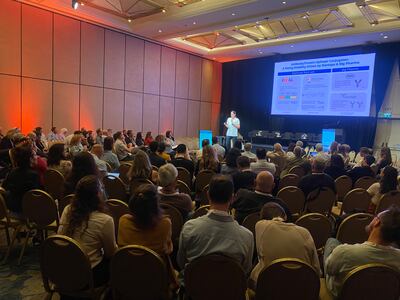Nonalcoholic fatty liver disease (NAFLD) is a silent epidemic of the western world, reported to affect a quarter of the US population. Prevalence of this condition has exploded in the last two decades and continues to grow worldwide, triggered by a surge in obesity and other related risk factors. Despite the high prevalence and recent interest in the space, NAFLD is still an emerging therapeutic area with incomplete scientific understanding and an evolving clinical care paradigm. Fortunately, the academic, medical and biopharma communities are actively engaged in addressing this emerging public health issue.
However, it is important to note that NAFLD represents a spectrum of disorders, encompassing a broad range of severities. The...
Welcome to In Vivo
Create an account to read this article
Already a subscriber?







